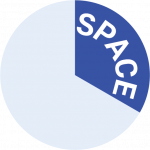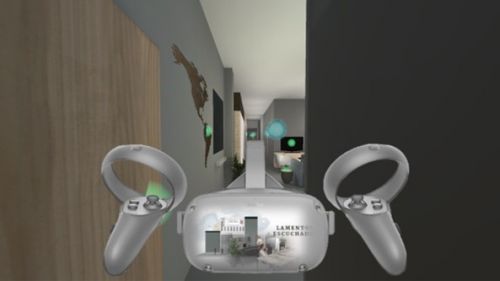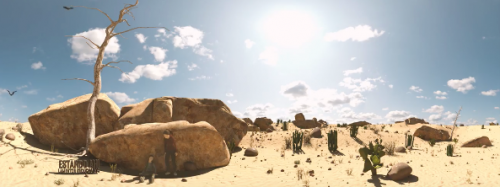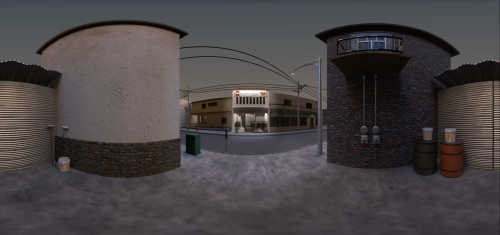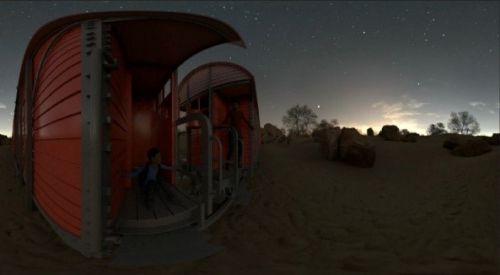(Created page with "Category:Test {| |- | <h2>Author:</h2> | <h3>Höweler + yoon architecture</h3> |- | colspan="2" | <h4>Boston, usa, 2014 |- | colspan="2" |http://www.howeleryoon.com/work/4...") |
|||
| (9 intermediate revisions by 2 users not shown) | |||
| Line 1: | Line 1: | ||
[[Category: | {{DISPLAYTITLE:Being There}} | ||
[[Category:Project]] | |||
{| | {| | ||
|- | |- | ||
| Line 5: | Line 6: | ||
<h2>Author:</h2> | <h2>Author:</h2> | ||
| | | | ||
<h3> | <h3>Dr. Shima Rezaei Rashnoodi + Prof Dr. Marnix S. van Gisbergen</h3> | ||
|- | |- | ||
| colspan="2" | | | colspan="2" | | ||
<h4> | <h4>Mexico (Monterrey) and The Netherlands (Breda), 2019-2021 | ||
|- | |- | ||
| colspan="2" | | | colspan="2" |[https://beingthere.place www.beingthere.place] | ||
|} | |} | ||
{{GAME | {{GAME | ||
| Line 59: | Line 60: | ||
|Audience_Policy_Makers=1|Scope_Large_group=1|Scale_Undefined=1|Scale_City=1}} | |Audience_Policy_Makers=1|Scope_Large_group=1|Scale_Undefined=1|Scale_City=1}} | ||
“Imagine a place filled with important stories that are hard to tell. A place that embodies the collective experience of refugee and migrant women during their temporary stay in Mexico. A place that although is open to the public, is being avoided and remains invisible. This limits possibilities to improve the temporary stay and the connection with the host community. But what if there was a means to experience these stories without the barrier of a physical presence? “ | |||
This project addresses the challenges on the growing number of refugee and migrant women (70% are women and children). We created and will create a Virtual Reality Museum using Unity, in which you stand in the shoes of migrant/refugee women and experience their stories/perceptions of home living temporarily in a settlement. The experience was built through participatory design approaches investigating the value of VR. The VR museum includes interactions revealing stories of migration and home and will be experienced in two ways: experiencing the current space (reflection of reality on how the center looks like) and, the ideal space: which reveals how the center can be improved receiving support (donations) from the community. Hence, we raise awareness and empathy about the importance (and feasibility) of transforming settlements from functional spaces into spaces that feel like home. Through this experience, we draw attention to the importance of emotional wellbeing of migrant/ refugee women by sharing their perceptions of home, using VR to engage them with the host community as active members | |||
[[File:Picture1.jpg|border|500x500px]] | |||
[[File:Picture2.png|border|500x500px]] | |||
[[File:Building 2.png|alt=|500x500px]] | |||
[[File:Picture4.jpg|500x500px]] | |||
<br /> | <br /> | ||
<br /> | <br /> | ||
Latest revision as of 10:49, 21 January 2021
Author: |
Dr. Shima Rezaei Rashnoodi + Prof Dr. Marnix S. van Gisbergen |
Mexico (Monterrey) and The Netherlands (Breda), 2019-2021 | |
| www.beingthere.place | |
“Imagine a place filled with important stories that are hard to tell. A place that embodies the collective experience of refugee and migrant women during their temporary stay in Mexico. A place that although is open to the public, is being avoided and remains invisible. This limits possibilities to improve the temporary stay and the connection with the host community. But what if there was a means to experience these stories without the barrier of a physical presence? “
This project addresses the challenges on the growing number of refugee and migrant women (70% are women and children). We created and will create a Virtual Reality Museum using Unity, in which you stand in the shoes of migrant/refugee women and experience their stories/perceptions of home living temporarily in a settlement. The experience was built through participatory design approaches investigating the value of VR. The VR museum includes interactions revealing stories of migration and home and will be experienced in two ways: experiencing the current space (reflection of reality on how the center looks like) and, the ideal space: which reveals how the center can be improved receiving support (donations) from the community. Hence, we raise awareness and empathy about the importance (and feasibility) of transforming settlements from functional spaces into spaces that feel like home. Through this experience, we draw attention to the importance of emotional wellbeing of migrant/ refugee women by sharing their perceptions of home, using VR to engage them with the host community as active members
- Project
- Purpose Activation
- Mechanics Alternative reality
- Mechanics Role play
- Mechanics Rule based play
- Mechanics Location based
- Mechanics Simulations
- Mechanics Mapping
- Mechanics Geolocation
- Mechanics Hypothesis
- Mechanics Metagame
- Technology Tools Analoge Tangibles
- Technology Tools AR VR
- Technology Tools Audio Visual
- Technology Tools Data AI
- Technology Tools Data Collection Visualization
- Technology Tools Digital Interface
- Technology Tools Mobile
- Aesthetics Sensation
- Aesthetics Imagination
- Aesthetics Assemblage
- Aesthetics Physical activity construction
- Aesthetics Realism
- Scale Metropolitan
- Scale City
- Scale District
- Scale Neighbourhood
- Scale Street
- Scale Undefined
- Audience Community
- Audience Planning expert
- Audience Stakeholders
- Audience Policy Makers
- Scope Individual
- Scope Small group
- Scope Large group
- Scope Crowd
- Scope Pre-defined


